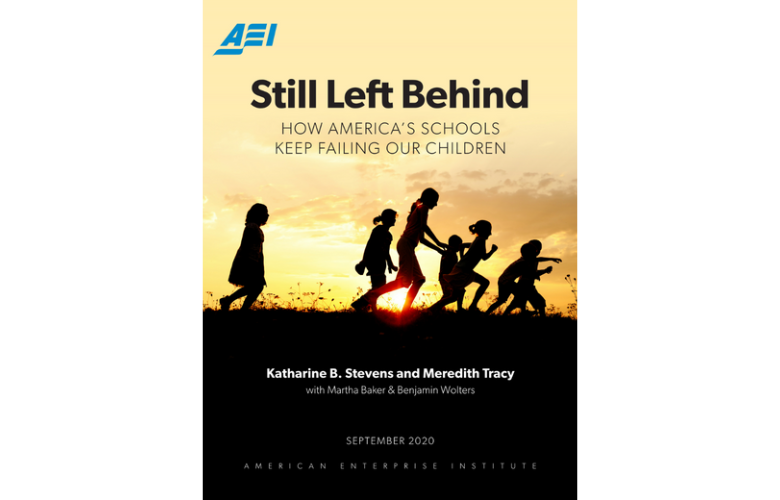Expanding Pre-K Will Do Little for Children
By Katharine B. Stevens
OP-ED
March 11, 2018
New Mexico’s early childhood advocates were deeply disappointed last month when HJR1, a constitutional amendment to fund more public pre-K by increasing annual withdrawals from the Land Grant Permanent Fund, made it through the House on a narrow vote only to die in the Senate Finance Committee. Opponents of the measure have stressed its fiscal implications. But the plan has another, more critical problem: Expanding state pre-K will do little to nothing to help the disadvantaged children universally invoked to promote it.
The accelerating pre-K campaign got a particular boost this past November when the Legislative Finance Committee released a report tracking links between a range of factors and children’s progress from kindergarten to eighth grade. As widely cited by HRJ1 supporters, the report found that students who attended pre-K “show lasting academic gains through 8th grade” and concluded, “NM needs to expand use of pre-K.”
A report promoting pre-K isn’t surprising. But highlighting pre-K as a “key recommendation” of this report is a little peculiar. That’s because pre-K’s “positive long-term impacts” as documented in the LFC report itself were tiny – and, more important, dwarfed by several other school-related factors found to have much greater effect on children’s academic success.
In one example, the report stressed that 69 percent of kindergartners who attended pre-K were reading at grade level. That’s an improvement over the 66 percent reading at grade level who hadn’t attended pre-K, but not by much.
Similarly, low-income eighth graders who attended pre-K scored higher on the PARCC reading exam than a comparable group who didn’t attend, but only two points higher – 723 compared to 721 – and still far below the exams’ proficiency cut-off score of 750. Just one out of five of low-income eighth graders who had attended pre-K were at least minimally proficient in math – barely above the 17 percent who hadn’t attended.
These “impacts” are especially tiny in relation to the achievement gap pre-K is supposed to be closing. On the 2015 National Assessment of Education Progress (NAEP) exams for both reading and math, for example, just 14 percent of low-income eighth graders in New Mexico scored at proficient or above, compared to 33 percent proficient in reading and 38 percent in math for higher income students. On the 2017 PARCC reading exam, 22 percent of low-income children across all grades were proficient in reading, compared to 43 percent for their more advantaged peers.
While increases in children’s performance associated with attending pre-K were essentially negligible, however, the report highlighted several factors found to be associated with substantial improvement in student achievement.
First among those was the quality of children’s teachers, which the LFC researchers identified as having the “most impact on a student’s academic achievement” of all school-related factors. “If students have three years of highly effective teachers, their math and reading scores can increase by 16 percent,” the researchers explained, “however if students have ineffective teachers, their scores can drop by as much as 33 percent.”
The report found, furthermore, that in schools enrolling over 90 percent low-income students more than a third of teachers are currently rated as less than effective. And it found that improving the effectiveness of children’s K-12 teachers had an impact on children’s academic proficiency exceeding that of pre-K by a large margin.
In just two years, low-performing schools participating in the “Teachers Pursuing Excellence” peer mentoring program increased the percentage of students scoring at or above proficient from about 24 percent to almost 35 percent in reading and from about 16 percent to 27 percent in math.
The bottom line is this: New Mexico’s disadvantaged children don’t need more school; they need good school. And that means schools with effective teachers who show up to teach.
Tacking additional grades onto a poorly performing school system won’t help the children who need help the most. Improving the 13 grades they already attend could help them a lot.
EARLY CHILDHOOD EDUCATION STATE & LOCAL POLICY K-12 SCHOOLING
See Also
Report ~ September 21, 2020
Policy Brief ~ July 21, 2020
Op-Ed ~ August 3, 2020




